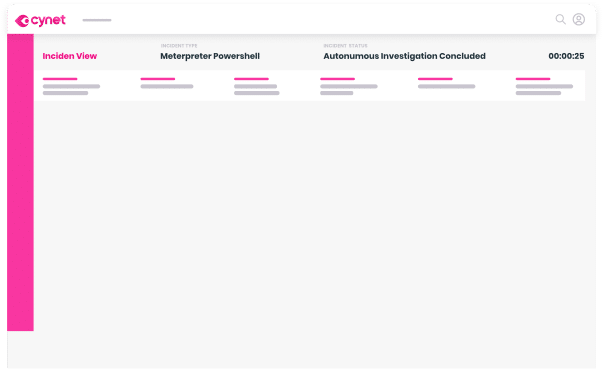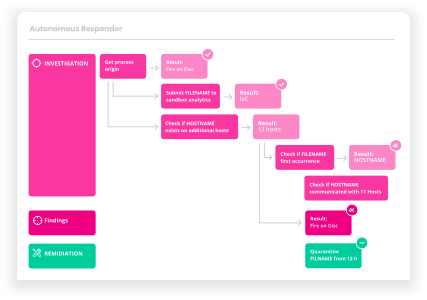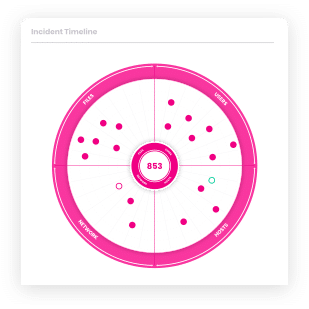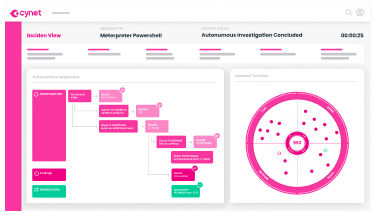Search results for:
Cloud native applications are increasingly adopted by organizations looking to get the most out of the cloud, including agility, cost savings, and performance. However, the cloud introduced new risks, including misconfiguration and vulnerabilities that can expose applications to cyber attacks.
Cloud providers use a shared responsibility model, in which the cloud provider protects infrastructure, while cloud customers are responsible for protecting workloads, users, applications, and data. Cloud security posture management (CSPM) solutions can help organizations do their part of the shared responsibility equation. CSPM can help detect misconfigurations and vulnerabilities, and remediate them to prevent exposure to attack.
In practical terms, CSPM enables organizations to uncover security issues and policy violations, fix and patch cloud services before cyberattacks occur. It can be used for applications running in any cloud deployment model—Infrastructure as a Service (IaaS), Platform as a Service (PaaS), and Software as a Service (SaaS). Note that a specialized security solution has evolved for SaaS applications, known as SaaS security posture management (SSPM).
CSPM platforms provide the visibility needed to monitor cloud environments that are constantly changing. It helps identify gaps between your actual security posture and stated security policies. CSPM platforms aim to reduce the amount and scope of cloud security incidents occurring due to misconfigurations.
A CSPM platform can help you monitor policy violations across multiple cloud environments. You can use prebuilt compliance libraries listing common best practices and standards, such as PCI DSS, HIPAA, NIST 800-53, SOC 2, and CIS Foundations Benchmarks. Some CSPM platforms also offer automated capabilities for remediating misconfigurations.
Here are common policy violations CSPM platforms typically address:
You can leverage these CSPM capabilities to identify and remediate cloud risks during development phases as well as for production environments.
Some of the more severe security issues in cloud environments are found in SaaS applications. Read more in our guide to SaaS security
Each CSPM solution implements a different process. However, the majority include the following basic steps:
1. Define CSPM requirements
The first step involves defining the security risks you want to identify and manage. CSPM platforms usually offer various pre-configured rules to detect common security misconfigurations. However, you may need to add custom definitions for your workloads and the security rules required to achieve compliance.
2. Continuously scan cloud environments
CSPM platforms use predefined rules to scan your cloud environments continuously and analyze configurations to detect risks. Once an existing configuration file changes or a new one is introduced, the platform parses it to detect risks.
3. Assess risk severity
Once the CSPM platform detects a risk, it assesses its severity and prioritizes it. This functionality aims to help you effectively handle risks.
4. Remediate risks
Remediating risks is the last step in the CSPM process. It involves updating the configuration that triggered these risks. Usually, IT engineers or administrators handle this task. However, some CSPM platforms offer automated risk remediation for specific risks.
Most cloud providers offer compliance management and threat detection tools and services that only work with vendor-specific infrastructure. These offerings are less useful for hybrid or multi-cloud infrastructure because they cannot provide the end-to-end control and visibility you need to manage your overall cloud security posture.
For this reason, you should use a CSPM platform that integrates well with your cloud native tools and aggregates the outputs from different products in a centralized, single source of truth for assessing your security posture.
When selecting a cloud security posture management tool, evaluate the vendors based on whether they provide the following capabilities:
SSPM ensures that SaaS applications are properly configured to protect them from compromise. Cynet provides a leading SSPM solution that continuously monitors SaaS applications to identify gaps between stated security policies and actual security posture, letting you automatically find and fix security risks in SaaS assets, and automatically prioritize risks and misconfigurations by severity.
Cynet SSPM provides:



Let’s get started
Ready to extend visibility, threat detection and response?

Prefer a one-on-one demo? Click here
By clicking next I consent to the use of my personal data by Cynet in accordance with Cynet's Privacy Policy and by its partners